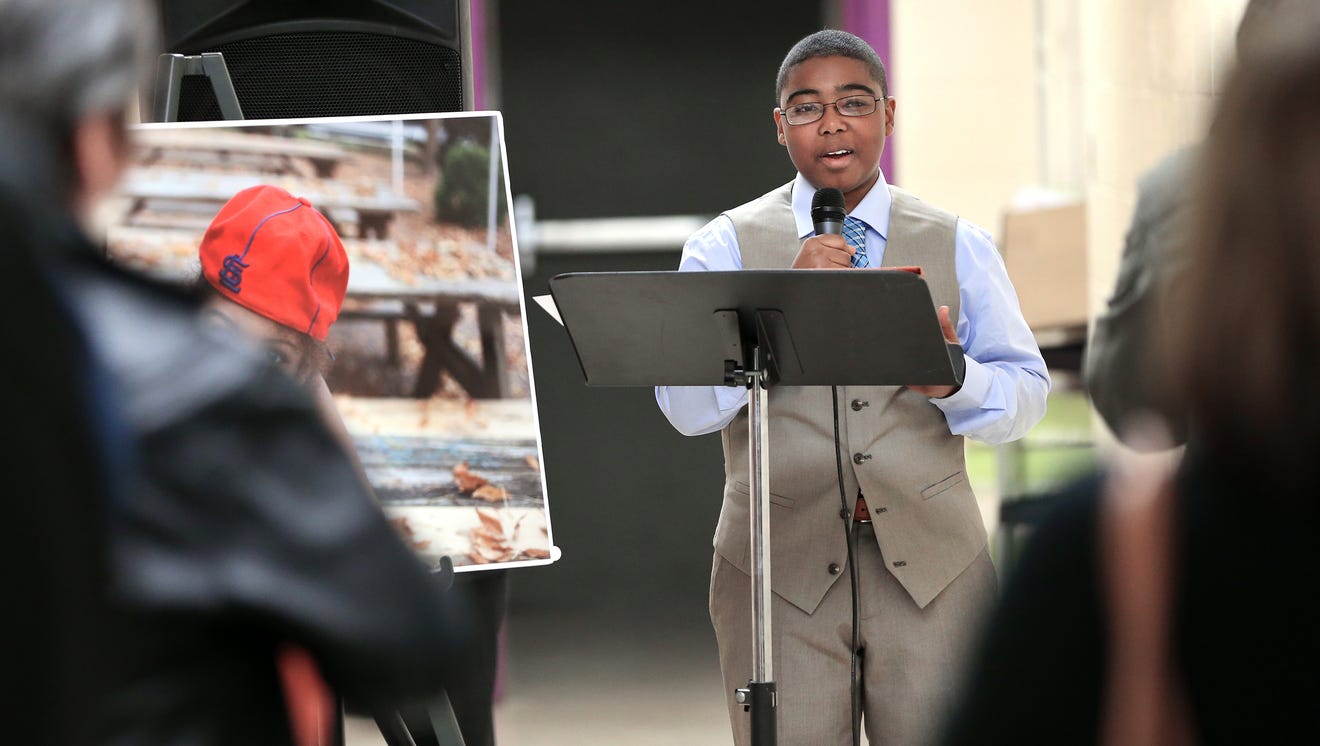Three Hartford, Connecticut women in 1860 invited boys into their homes for cake and kindness. They named their efforts the Dashaway Club. It began a national movement as the forerunner of Boys Clubs. Similar clubs formed in the northeast to supplement the minimal adult supervision that young boys received, reduce juvenile chaos, and show boys a way out of poverty.

The Boys & Girls Club of Indianapolis began in 1893 as the Newsboys’ Home. Founders Thomas C. Day, Mayor , Caroline Wright Lowe Denny (Denny’s wife), and M. V. McGilliard, a partner in Indianapolis-based McGilliard and Dark insurance agency, desired to get youth off the streets, provide them with a sense of belonging, and encourage values and skill development. The Newsboys’ Home became the Boys’ Home and Employment Association after the first year, then the Boys’ Club and Employment Association in 1895, and the Boys’ Club Association in 1898. Club members met in rented basement rooms until 1897 when the heirs of John Maurice Butler donated the first clubhouse at Madison Avenue and South Meridian Street. The local club was one of 53 charter clubs of Boys’ Clubs of America, incorporated nationally in 1906.
Over the course of its history, two groups were established to work with the Boys Club in Indianapolis. The Women’s Auxiliary was established in 1944 to give the children who visited the clubs adult supervision, morale building, and fundraising. It remained in place until 1992. The Alumni Association was formed in 1970 to sponsor scholarship programs.
In its early years, Indianapolis clubs largely followed the national practice of segregation. Clubs were not integrated nationally until the 1950s. It is unknown when Indianapolis boys clubs began integration. While girls began attending the clubs starting in the 1970s, the policy was not officially amended to allow them until 1989. The organization was renamed the Boys & Girls Clubs of Indianapolis (BGCI) in 1991. Since then, membership has been open to all youth regardless of race or religion, from kindergarten through high school.
Since its founding, BGCI has located clubs in areas with the greatest need to serve at-risk youth. By 1966, Indianapolis operated four clubs complete with game rooms, swimming pools, kitchens, craft shops, and playgrounds. In 1972, the Wheeler Boys Club in the old Blue Bird Pie factory opened the 1,000th Boys Club in the United States. In 1993, BGCI completed a $4 million capital campaign, initiating major expansion at the six clubs and the Noblesville camp.
Ten Boys and Girls Clubs operate in Indianapolis as of 2020: Wheeler-Dowe, Global Preparatory Academy, the Lilly Club, Jonathan Jennings, Pleasant Run, Keenan-Stahl, LeGore, Finish Line, Liberty Park, Raymond Park. Programs offered by professional staff and volunteers included counseling and career development, cultural enrichment, social recreation, citizenship, and leadership development, and individual and team sports. The clubs also offered afterschool tutoring programs at the . The organization has also presented Youth of the Year, Horatio Alger, and Outstanding Alumni awards.
In the 21st century, BGCI has reached over 7,300 youth annually, with over 1,000 boys and girls attending programs daily. Funding for this outreach has come from its annual revenue of approximately $5 million comes from government grants (30 percent), individual and corporate donations (49 percent), the (20 percent), and endowment income (1 percent).

Help improve this entry
Contribute information, offer corrections, suggest images.
You can also recommend new entries related to this topic.

